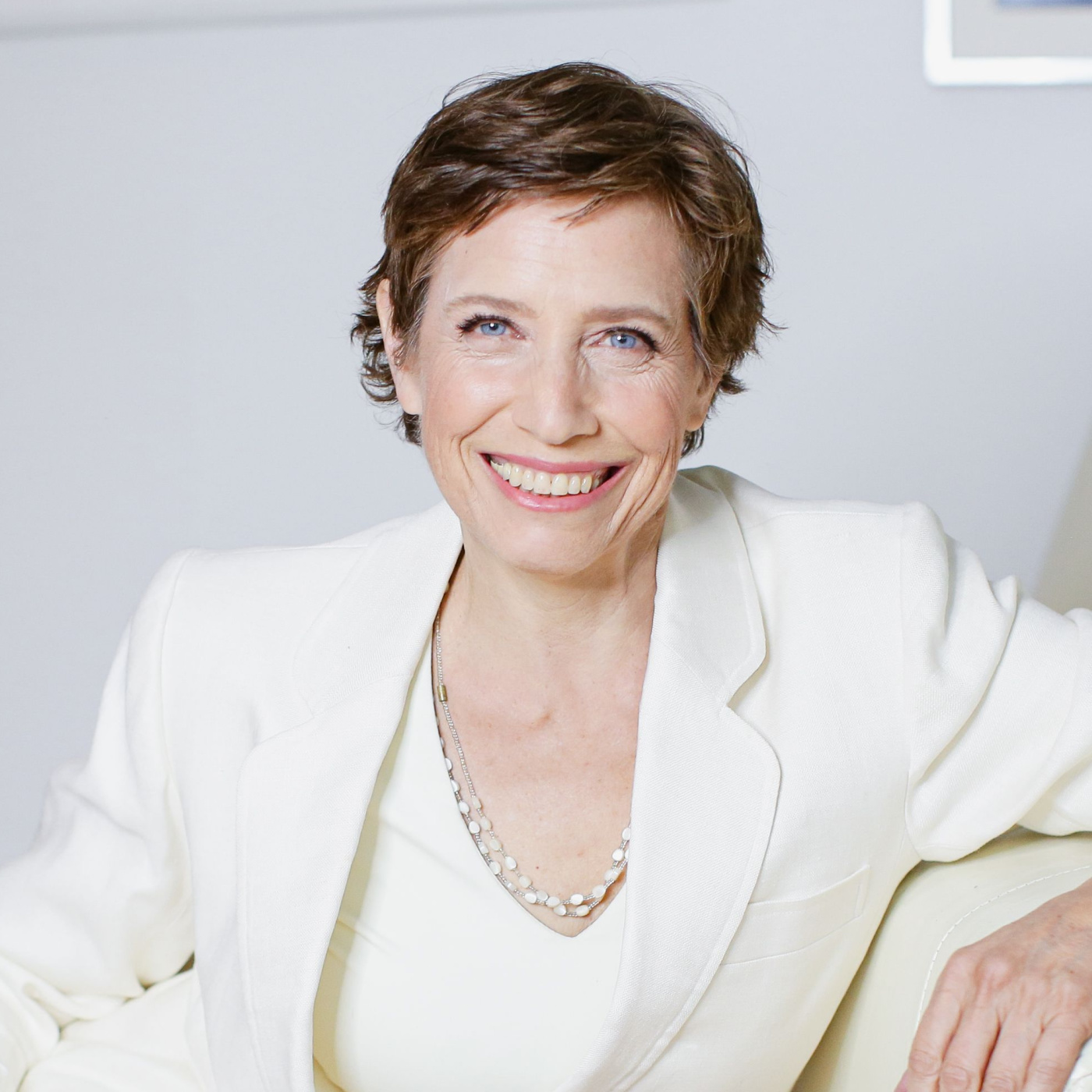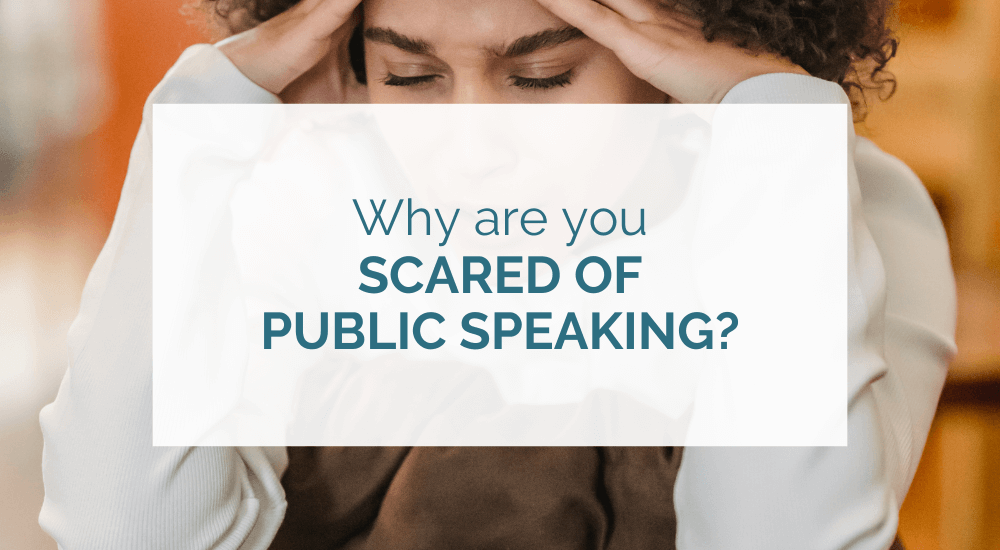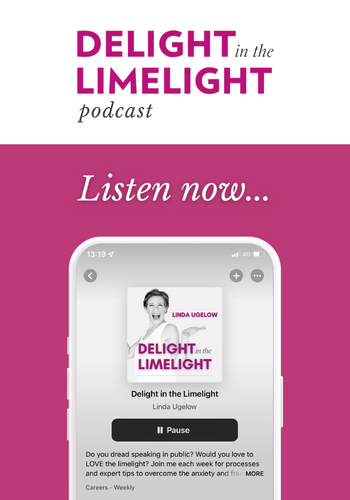You and I both know how difficult it can be to listen to a speaker who has one dynamic in their speaking style.
—The person who’s constantly at 11, with a loud voice and big gestures, who makes you feel like you’re being screamed at.
—The upspeak speaker, ending every sentence in a question mark.
—The speaker who sounds like a dial tone.
What happens? You tune out.
What we really want to see and hear, what we really want to be, is the dynamic speaker: the one who keeps things interesting and captivating, the one who keeps the audience leaning in to listen.
Dynamic speaking happens when you allow variation and range into your style. Story-telling, in particular, lends itself to variation, but any content delivered can have range. Think loud and soft, fast and slow, intense or passionate and laid back.
So how do you master this kind of flexibility on stage? By developing three things: passion, presence, playfulness.
1. Make sure you have a passion for your topic.
If you have no interest in the topic, how can you expect others to get on board with you? Make sure that the topic you’ve chosen is one that resonates with you. If you aren’t enthusiastic, why even speak about it?
Maybe you have no choice if someone else chose the topic. If that’s the case, dig around to find what you find curious, important, relevant.
Indifference doesn’t read as chill or relaxed. It reads as lackluster. And it will prompt your audience to tune out.
2. Separate self-awareness from self-consciousness
Many people mix up self-awareness with self-consciousness. To be dynamic, you have to know the difference between the two.
Self-consciousness is when you feel inhibited. It’s a state of contraction. Psychologically, you’re worried about what other people think, and physically you are locked down, stiff and tense. It’s difficult, if not impossible, for you to be really present with yourself.
Self-awareness is presence. When you’re self-aware, you can feel and track your body. You have a sense of openness and a sense of freedom to express yourself. You hear what you’re saying, and you listen to the sound of your voice. You feel what’s in your body, and you sense the connection you have with the audience.
In this state, you can be in awareness of dynamic moments wanting to happen, because you can sense where the energy might be flagging, or where you might need to get quiet to communicate a point.
3. See that you have endless opportunities to play
When you are aware of yourself in the moment, and you know your interest and energy to power you, you can start to play.
Playfulness is the secret sauce of the dynamic speaker. You might have a new idea for your talk or presentation, and you try it! You experiment with pacing and with volume, where you take your breaks or where you draw the audience in closer by getting really quiet. Or because you are inside the moment while you’re speaking, you know that it’s time to change up — and you do.
Playfulness is what surprises the audience. Frankly, it might surprise you! But because you are grounded in self-awareness and powered by passion, you can ride the dynamism successfully.
With this trio of techniques, you can become a dynamic speaker. Bring your awareness to yourself, rather than worry and judgment; choose a topic that resonates deeply with you; and allow yourself a sense of playfulness as you prepare your talk and as you speak. The audience will stick with you, and your message, with positive attention.






0 Comments